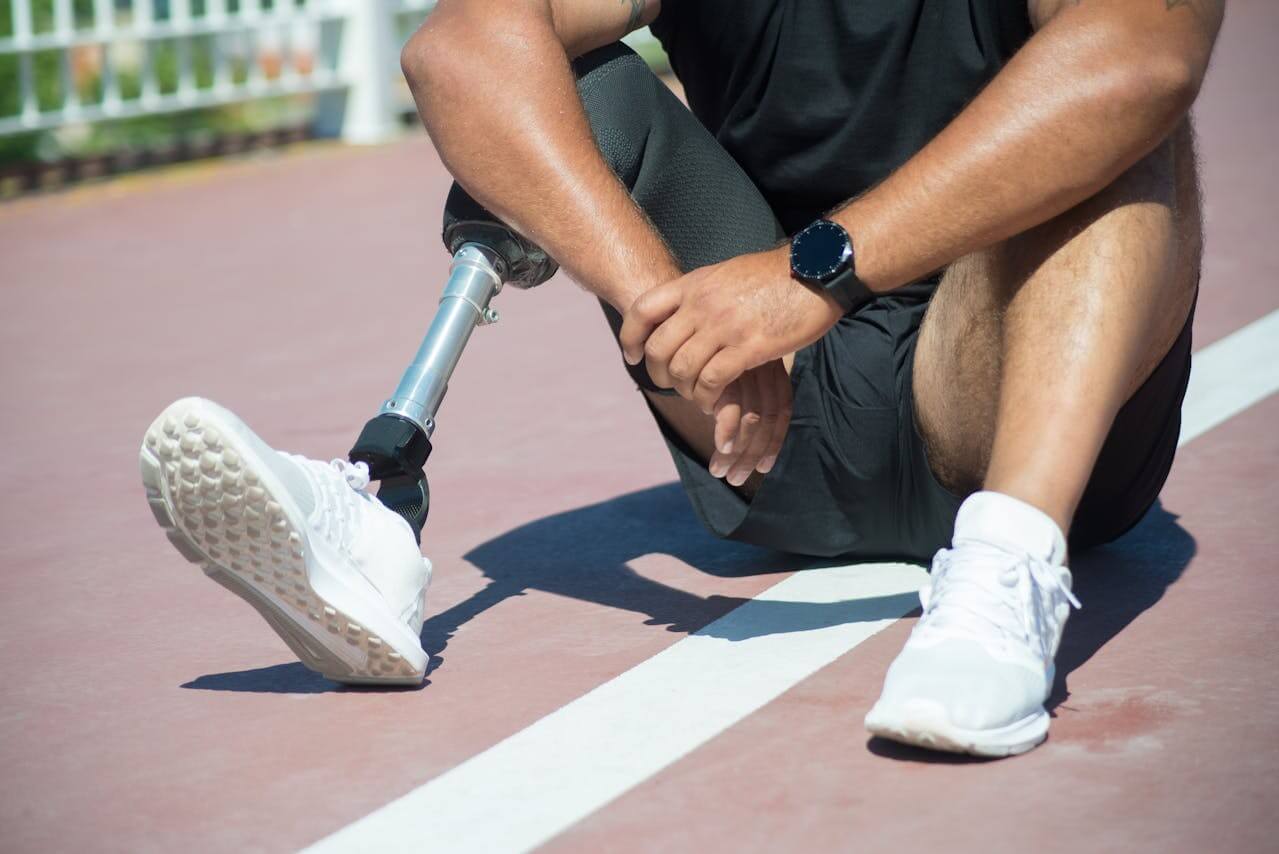While prosthetic technology has made remarkable strides in recent years, the accessibility and quality of prosthetic care remain significant challenges, particularly in developing countries. In this article, we will explore the obstacles faced by healthcare systems in these regions, shedding light on the disparities that limit the availability of prosthetic devices and rehabilitation services. Understanding these challenges is crucial in advocating for improved prosthetic care and fostering global inclusivity.
- Limited Resources and Infrastructure: One of the primary challenges in providing prosthetic care in developing countries is the scarcity of resources and inadequate healthcare infrastructure. Many regions lack the necessary facilities, trained professionals, and equipment to manufacture and fit prosthetic devices. This limitation often results in delayed or substandard care for individuals in need, exacerbating the impact of limb loss on their daily lives.
- Financial Barriers: The cost associated with prosthetic devices can be a formidable barrier for individuals in developing countries. Prosthetics, especially those incorporating advanced technologies, can be expensive, making them unaffordable for a significant portion of the population. Limited financial resources coupled with the absence of insurance coverage for prosthetic care further hinders access to these crucial devices.
- Lack of Skilled Prosthetists: The shortage of skilled prosthetists in developing countries is a critical bottleneck in the provision of quality prosthetic care. Fitting and adjusting prosthetic devices require specialized knowledge and expertise. However, many regions face a shortage of trained professionals, leading to longer waiting times, suboptimal fittings, and inadequate follow-up care for prosthetic users.
- Cultural Stigma and Awareness: Cultural perceptions surrounding disability and the use of prosthetic devices can pose additional challenges. In some developing countries, there may be social stigmas associated with disabilities, leading individuals to hide their limb differences or avoid seeking prosthetic care altogether. Increased awareness and community education are essential to overcoming these cultural barriers and promoting acceptance of prosthetic technology.
- Geographical Inequality: Access to prosthetic care is often geographically unequal in developing countries. Remote and rural areas may lack the necessary facilities and services, forcing individuals with limb differences to travel long distances to urban centers for prosthetic fittings and rehabilitation. This geographical inequality further marginalizes those already facing challenges in accessing essential healthcare services.
- Limited Research and Development: Many developing countries lack the resources for significant research and development in the field of prosthetics. This limitation hampers the creation of locally adapted and affordable prosthetic solutions that could better suit the needs of the population. Collaborative efforts between developed and developing countries, along with increased investment in research, are essential to addressing this gap.
- Political and Economic Instability: Regions facing political and economic instability may struggle to allocate resources for healthcare, including prosthetic care. Constant changes in government priorities and insufficient funding can lead to the neglect of rehabilitation services, leaving individuals with limb differences without the necessary support and resources for their prosthetic needs.
- Lack of Rehabilitation Services: Comprehensive prosthetic care goes beyond the provision of devices; it includes rehabilitation services to help individuals adapt to and optimize the use of their prosthetics. Unfortunately, many developing countries lack well-established rehabilitation programs, leaving prosthetic users without the necessary guidance and support to fully integrate their artificial limbs into their daily lives.
Conclusion
Addressing the challenges in providing prosthetic care in developing countries requires a multifaceted approach that combines increased awareness, education, financial support, and infrastructure development. It is essential to foster international collaboration and advocate for policies that prioritize inclusive healthcare, ensuring that individuals with limb differences in every corner of the world have access to the prosthetic care they deserve. By recognizing and actively working to overcome these challenges, we can strive toward a more equitable future where prosthetic care is accessible to all, regardless of geographical location or economic status.



